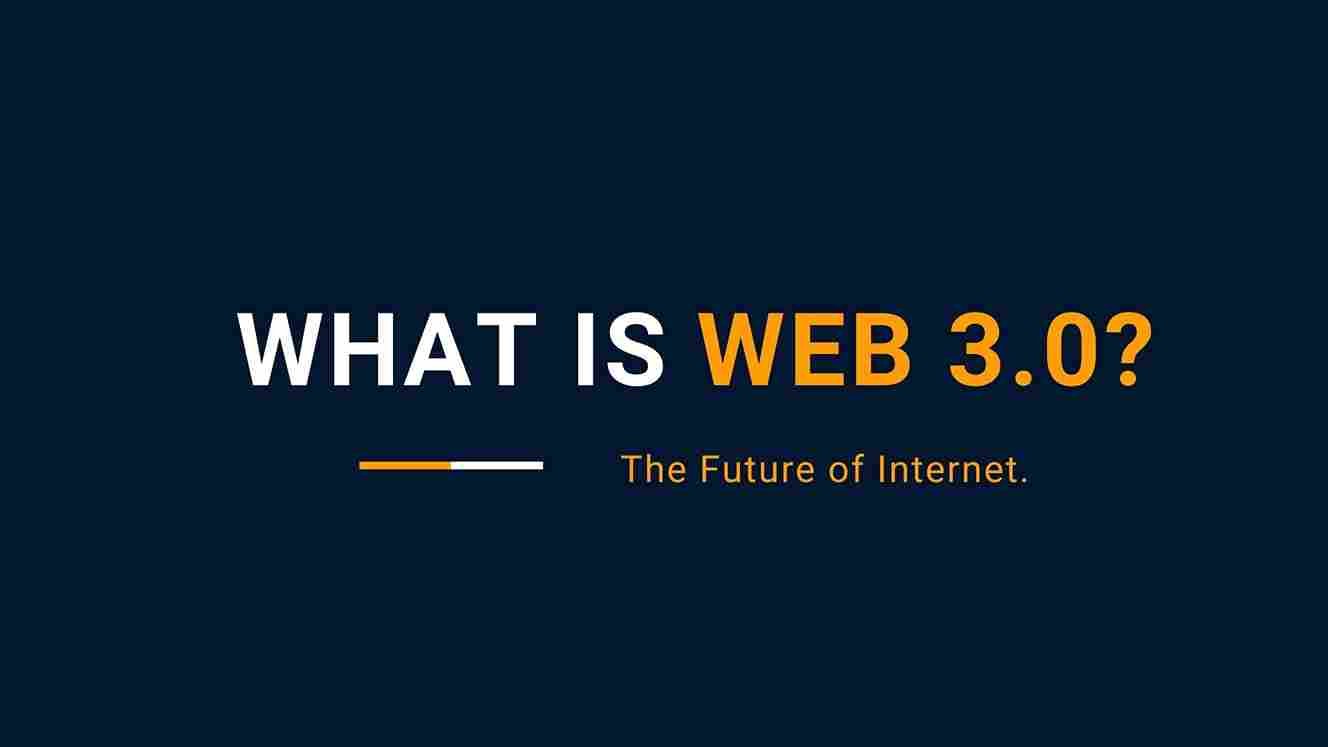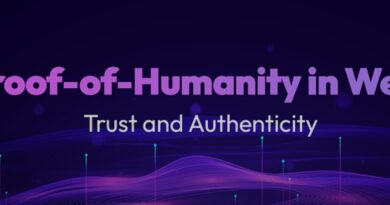What Is Blockchain-as-a-Service (BaaS) and Why Enterprises Are Adopting It in 2025
Discover Blockchain-as-a-Service (BaaS) in 2025: how AWS, Azure, and Alchemy drive enterprise adoption for Web3, DeFi, and ReFi with scalable solutions.
Introduction
As blockchain technology continues to reshape global industries, Blockchain-as-a-Service (BaaS) has emerged as a transformative solution for enterprises. By providing cloud-based access to blockchain infrastructure, BaaS enables businesses to integrate decentralized technology without the complexities of building and managing their own networks.
In 2025, enterprises across sectors—including finance, supply chain, healthcare, and energy—are turning to BaaS to enhance transparency, efficiency, and trust while minimizing operational overhead. This article explores what BaaS is, how it works, and why it has become a go-to strategy for enterprise blockchain adoption.
What Is Blockchain-as-a-Service?
Blockchain-as-a-Service (BaaS) is a cloud-based model that allows businesses to develop, deploy, and manage blockchain applications without needing to build or maintain the underlying infrastructure. Drawing inspiration from Software-as-a-Service (SaaS), BaaS providers offer pre-configured blockchain networks, development tools, APIs, and integration support, hosted on enterprise-grade cloud infrastructure.
By handling tasks such as node management, security, network maintenance, and scaling, BaaS allows enterprises to focus on use-case development and innovation rather than technical complexity.
Key Features of BaaS
- Cloud-Based Infrastructure: Hosted on platforms like AWS, Azure, and Google Cloud, offering flexibility and global reach.
- Pre-Built Frameworks: Support for popular protocols such as Ethereum, Hyperledger Fabric, Corda, and Quorum.
- Simplified Deployment: User-friendly interfaces for launching smart contracts, nodes, and blockchain networks.
- Cost Efficiency: Pay-as-you-go pricing models reduce the need for significant upfront investments.
- Security and Compliance: Built-in encryption, identity management, and regulatory support for standards like GDPR and HIPAA.
Leading BaaS Providers in 2025
- AWS Managed Blockchain: Supports Ethereum and Hyperledger, tightly integrated with AWS’s broader cloud suite.
- Microsoft Azure Blockchain Service: Offers enterprise-grade Ethereum and Quorum deployments.
- IBM Blockchain Platform: Leverages Hyperledger for supply chain, trade, and financial use cases.
- Alchemy: Specializes in Ethereum and Layer-2 ecosystems, widely used in Web3.
- Kaleido: Focused on multi-chain enterprise solutions, particularly in consortium settings.
How Blockchain-as-a-Service Works
BaaS platforms streamline the process of building blockchain applications by abstracting away technical infrastructure and maintenance. Here’s how a typical BaaS workflow unfolds:
- Choose a Provider
Enterprises select a BaaS provider based on requirements such as scalability, compliance, supported protocols, and integration needs.
- Select a Blockchain Framework
Depending on the use case—private consortium networks or public dApps—businesses choose among frameworks like Ethereum, Hyperledger, or Corda.
- Configure the Network
Providers help configure blockchain networks with parameters such as:
- Consensus mechanisms (e.g., Proof of Stake, PBFT)
- Node distribution and access permissions
- Governance settings
- Smart contract deployment tools
- Develop Applications
Using SDKs, APIs, and development templates, enterprises can:
- Build decentralized applications (dApps)
- Create and test smart contracts
- Integrate blockchain workflows with existing systems (e.g., CRM, ERP)
- Deploy and Manage
Once developed, the blockchain app is deployed on the provider’s infrastructure. Providers ensure 24/7 uptime, scalability, and routine upgrades.
- Monitor and Optimize
Enterprises can access dashboards to monitor transaction throughput, network health, and usage metrics, and dynamically scale resources as needed.
By 2025, leading BaaS providers also incorporate Layer-2 rollups (e.g., Polygon, Arbitrum) for transaction efficiency and zero-knowledge proofs (ZKPs) for privacy, making them more viable for enterprise-grade deployments.
Why Enterprises Are Adopting BaaS in 2025
- Simplified Blockchain Adoption
Many enterprises lack internal blockchain expertise. BaaS removes technical barriers by offering drag-and-drop tools, pre-configured networks, and development frameworks.
- Lower Technical Burden: No need for in-house blockchain architects.
- Faster Deployment: Reduces go-to-market time from months to weeks.
Example: A retail company rapidly launches a blockchain-based supply chain tracking solution using AWS Managed Blockchain.
- Cost Efficiency
Traditional private blockchain infrastructure can cost millions in hardware, development, and staffing. BaaS drastically cuts these costs through shared, cloud-based resources.
- Pay-as-You-Go Pricing: Only pay for used compute/storage resources.
- No Infrastructure Overhead: No need to manage servers or nodes.
Impact in 2025: More than 30% of blockchain deployments among SMEs use cloud-based BaaS platforms, driven by budget efficiency.
- Enhanced Security and Regulatory Compliance
BaaS platforms are built with enterprise-grade security, including end-to-end encryption, role-based access controls, and robust identity management.
- Security Tools: DDoS protection, multi-factor authentication, and audit logs.
- Compliance Standards: Integration with GDPR, MiCA, HIPAA, and AML/KYC regulations.
Example: A financial institution uses Microsoft Azure Blockchain to deploy a KYC system compliant with global AML directives.
- Scalability and Interoperability
Enterprises often deal with high transaction volumes and the need to interoperate with multiple systems.
- Cloud-Native Scaling: Resources scale up or down based on demand.
- Multi-Chain Support: Providers like Kaleido allow seamless interaction across Ethereum, Hyperledger, and Corda.
- Layer-2 Integrations: Lower fees and higher throughput with solutions like Optimism or Polygon.
Example: A logistics firm manages over a million daily shipment records using IBM Blockchain, scaling automatically during peak seasons.
- Real-World Use Cases Across Industries
BaaS adoption is no longer speculative—it’s actively powering solutions across industries:
- Supply Chain: Food traceability, shipment validation, and emissions tracking.
- Example: Walmart uses IBM Blockchain for real-time food safety data.
- Finance: Cross-border payments, digital identity, and trade finance.
- Example: JPMorgan’s Onyx runs on Ethereum and AWS to process $1B+ daily.
- Healthcare: Secure patient data sharing, clinical trials, and drug provenance.
- Example: MediLedger leverages Hyperledger Fabric via AWS.
- Energy: Decentralized renewable energy trading and carbon credits.
- Example: Powerledger uses Microsoft Azure for P2P energy markets.
Gartner estimates over 40% of Fortune 500 companies use BaaS in at least one operational area in 2025.
- Support for Web3 and ReFi
As Web3 gains momentum, enterprises are using BaaS to participate in decentralized finance (DeFi), NFTs, and regenerative finance (ReFi) initiatives.
- Web3 dApp Deployment: Enterprises build and launch decentralized apps for finance, identity, and community governance.
- ReFi Initiatives: Use blockchain for environmental and social outcomes, including tokenized carbon credits.
Example: A solar energy startup uses Alchemy to tokenize solar energy credits on Ethereum, trading on Polygon for low-cost settlement.
- Strategic Ecosystem Partnerships
Enterprise adoption is being accelerated by trusted partnerships and ecosystem development.
- Vendor Trust: AWS, Microsoft, and IBM provide credibility and infrastructure.
- Consortium Networks: BaaS supports multi-party networks like TradeLens (IBM and Maersk).
- Developer Communities: In 2025, over 500,000 developers contribute to or build on BaaS platforms.
Challenges of BaaS Adoption
Despite its appeal, BaaS adoption presents several challenges:
- Vendor Lock-In: Enterprises risk becoming too dependent on a specific provider’s infrastructure and tools.
- Privacy Risks: Even in private chains, data visibility may be a concern; zero-knowledge proofs are emerging as a solution.
- Integration Complexity: Connecting blockchain with legacy systems (e.g., SAP, Oracle) often requires complex middleware.
- Regulatory Uncertainty: Cross-border compliance varies, and clarity is still evolving in many jurisdictions.
- Scalability Limits: While improved with Layer-2s, some networks still face bottlenecks under high loads.
The Future of BaaS in 2025
The trajectory of BaaS in 2025 reflects its strategic importance in enterprise digital transformation.
- Market Expansion: The global BaaS market is projected to exceed $15 billion, driven largely by SMEs and mid-sized enterprises.
- Cross-Chain Growth: Providers are integrating Solana, Hedera, Polkadot, and Cosmos for broader interoperability.
- AI Integration: AI enhances blockchain analytics, enabling predictive supply chain management, fraud detection, and performance forecasting.
- Sustainability Alignment: Carbon-neutral chains and ESG-aligned protocols are prioritized in procurement decisions.
- Public Sector Adoption: Governments deploy BaaS for digital identity, e-governance, and voting. The EU’s EBSI initiative uses IBM’s blockchain stack for pan-European digital services.
- Web3 Mainstreaming: Enterprises are increasingly participating in DAOs, launching tokenized assets, or issuing NFTs, all through BaaS platforms.
Conclusion
Blockchain-as-a-Service is redefining how enterprises engage with decentralized technologies. By eliminating infrastructure burdens, reducing costs, and enabling rapid deployment, BaaS has become a cornerstone for blockchain adoption across multiple industries.
In 2025, platforms like AWS, Azure, IBM, and Alchemy are not just offering blockchain infrastructure—they’re building ecosystems that support enterprise innovation in supply chains, finance, healthcare, ReFi, and beyond. Despite challenges around vendor dependency and regulation, the benefits of accessibility, scalability, and compliance are driving mainstream adoption.
BaaS is not just a cloud service—it’s a strategic lever for enterprises navigating the future of digital trust, transparency, and decentralized operations.




